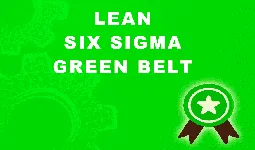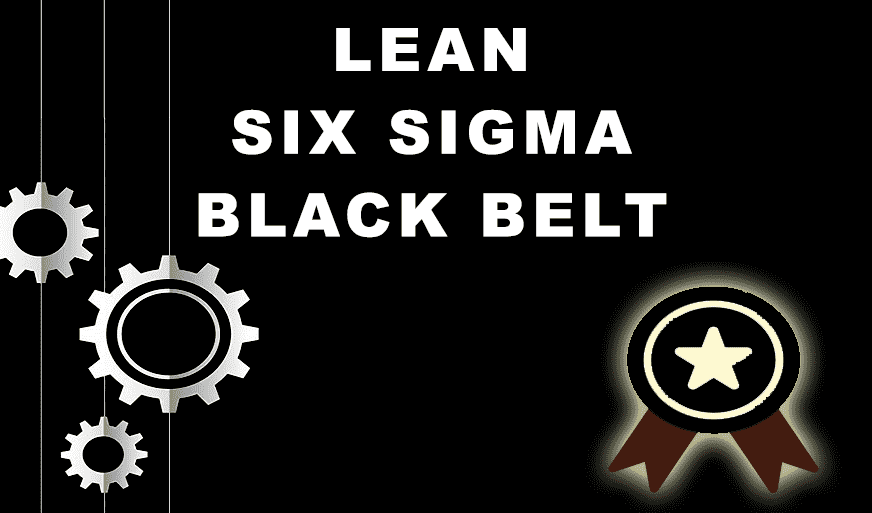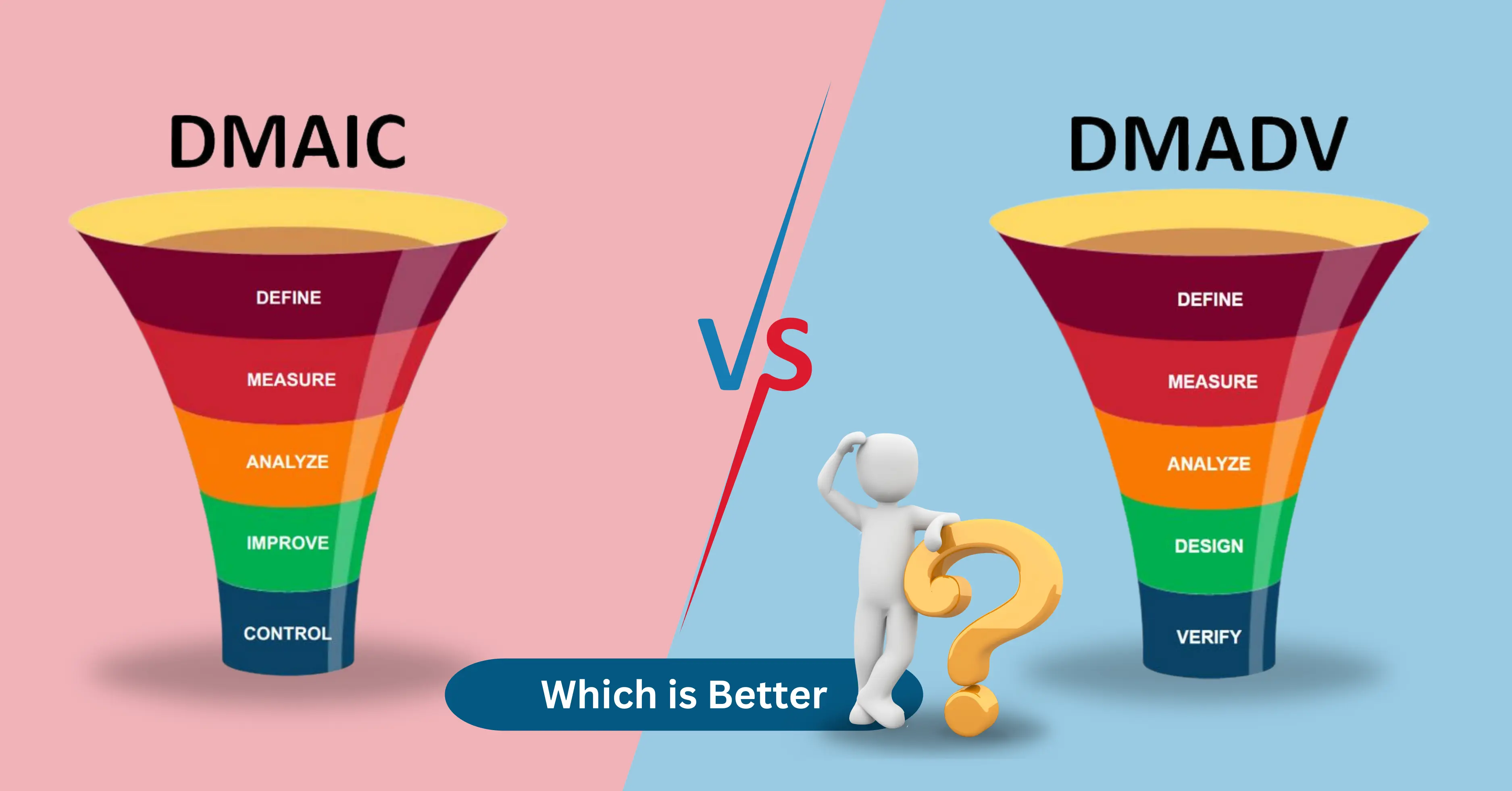Overcoming Common Challenges in ISO 9001 Certification: Tips and Best Practices
-
 By Sushmith
By Sushmith - Published on Sep 9 2024

Table of Contents
Introduction to ISO 9001 Certification
If you have followed our recent articles on ISO 9001, like ISO 9001 Standard, you must be aware of how powerful the ISO 9001 certification is for organizational quality management. And achieving the ISO 9001 certification is a great milestone for organizations, which shows the commitment to improve their quality management systems. Apart from the hardships, earning the ISO 9001 certification opens doors for customer satisfaction and efficiency in operations.
You may now ask, Why even get the ISO 9001 certification? Well, we are writing this article to help you identify the common challenges in ISO 9001 Certification and highlight the exact process or factor that makes it a challenge for implementing this standard. Overcoming these challenges is the key for any organization to successfully maintain standardized quality, and it can be achieved by understanding the key elements of ISO 9001.

ISO 9001 standard certification is an internationally recognized standard for businesses of all scales and industries offering standardized frameworks that outline the requirements for a perfect QMS. Obtaining it offers numerous advantages, like enhanced product and service quality, increased customer satisfaction, and building customer loyalty. Certified organizations also benefit from enhanced operational efficiency.
Now that you have the basic idea, let’s dive deep into clearly understanding some Common Challenges in ISO 9001 Certification. And later we will be covering some tips to overcome those challenges.
Common Challenges in ISO 9001 Certification
It is an obvious thing to face challenges and complications when it comes to implementing new changes into already existing and working operations. And it is also common to expect the results to drop and be skeptical about the results and outcomes. But, for a long-term betterment, it is a must to take this as a stepping stone and make necessary change.
1. Understanding and Meeting ISO 9001 Requirements
One of the most common challenges in ISO 9001 certification is the understanding of the exact requirements of this standard. Since this certification is comprehensive, the majority of organizations may face issues in perfectly implementing the clauses. But, if clearly understood all the clauses, a thorough planning of the implementation can be applied to the organization's specific context.
2. Resource Allocation and Management
Other common challenges in ISO 9001 certification are inefficient resource allocation and management. Organizations often find it very challenging to balance the demands of the certification process with everyday priority tasks. Without proper resource management, the certification process can become overwhelming.
3. Employee Engagement and Training
Employee engagement is among other common challenges in ISO 9001 certification that organizations new to making changes face. Ensuring that all employees are adequately trained and committed to the certification process provides an advantage. Without proper training and employee involvement, compliance with certification standards leads to gaps in implementation.
4. Documentation and Process Control
Crucial elements of ISO 9001 certification are efficient documentation and process management. But many firms find it difficult to regularly control procedures and to keep correct and up-to-date documentation. The certification process may be jeopardized by non-conformities during audits caused by inadequate documentation and procedural management.
5. Internal Audits and Compliance
Maintaining compliance with ISO 9001 standards requires conducting internal audits. However, carrying out exhaustive and efficient internal audits can be difficult for firms. These obstacles include a deficiency of experienced auditors, poor audit planning, and challenges in locating and resolving non-conformities.
Tips for Overcoming Certification Challenges
Understanding the challenges was very important, but what after that? Here are some of the best tips and tricks that help in making the operation more seamless and help you overcome the challenges faced in applying changes. These tips not only help you overcome the common challenges in ISO 9001 certification but also help manage challenges faced while making changes in the future.

1. Effective Planning and Preparation
Effective planning is the basis of a successful ISO 9001 certification process. Start by conducting a thorough gap analysis to identify the areas of improvement. Design a detailed action plan that highlights all the steps required to meet ISO 9001 requirements. This proactive approach helps organizations avoid common pitfalls and ensures that they are well-prepared for the certification process.
2. Allocating Resources Wisely
Resource allocation is the key to overcoming the challenges in ISO 9001 certification. Sufficient time, staff, and financial resource allocation are dedicated to the certification process. Consider handpicking a dedicated team responsible for managing the process that ensures the resources are allocated where they are needed most.
3. Training and Employee Involvement
Employee training is the pillar for ensuring that everyone in the organization understands and complies with ISO 9001 standards. Provide regular training sessions to educate employees about the importance of ISO 9001 and how it impacts their roles. Involving employees not only increases their commitment but also ensures that they clearly understand and contribute to the QMS effectively.
4. Streamlining Documentation and Processes
To overcome challenges related to QMS documentation structure and process control, organizations should focus on streamlining their documentation practices. Develop standardized templates and procedures for creating and maintaining documentation. Streamlining processes also helps maintain consistency, reducing the risk of non-conformities.
5. Conducting Internal Audits Effectively
Effective internal audits are crucial for identifying and addressing non-conformities before they escalate. To conduct successful internal audits, organizations should ensure that auditors are well-trained and impartial. Develop a comprehensive audit plan that covers all areas of the QMS and use audit findings to drive continuous improvement. Addressing non-conformities promptly helps in maintaining compliance and prepares the organization for external audits.

Conclusion
Overcoming common challenges in ISO 9001 certification is the key for organizations to achieve their desired aim to enhance their quality management systems in achieving long-term success. By following these tips outlined, organizations can focus on the ISO 9001 certification process. Since this applies to organizations of all scales and industries, earning the ISO 9001 certification helps improve existing QMS and add value investment for the organization's future.
For those seeking expert guidance, Sprintzeal offers comprehensively designed training programs to help overcome certification challenges and achieve ISO 9001 certification with ease. Explore our options of ISO 9001 certification training programs and customize a corporate training with objectives catering to your organization's needs.
Sprintzeal also offers a wide range of training solutions across multiple domains, covering project management, quality management, business management, and more. Explore our comprehensive training courses and start your training today!
Our newsletter is free! Subscribe and stay updated with the latest insights and get early access to exclusive training discounts!
Subscribe to our Newsletters
Popular Programs
Trending Posts
What are Quality Standards? | A Guide to ISO Standards
Last updated on Jun 4 2024
Senior Quality Manager Interview Questions and Answers 2024
Last updated on Nov 28 2023
Understanding the Key Principles of Lean Manufacturing
Last updated on Nov 22 2023
8 Wastes of Lean - Strategies for Identification and Elimination
Last updated on Dec 27 2023
DMAIC vs. DMADV: Key Differences and Choosing the Right Six Sigma Methodology
Last updated on Nov 10 2023
Operational Planning Creation, Key Elements and its Benefits
Last updated on Feb 21 2025
Categories
- Agile Management 54
- AI and Machine Learning 42
- Big Data 53
- Business Management 51
- Cloud Computing 44
- Digital Marketing 56
- Information Security 8
- IT Hardware and Networking 17
- IT Security 103
- IT Service Management 29
- Leadership and Management 1
- Microsoft Program 2
- Other 43
- Programming Language 31
- Project Management 162
- Quality Management 75
- Risk Management 8
- Workplace Skill Building 2
Trending Now
Top Career benefits of Lean Six Sigma Green Belt
ArticleLean methodology, Six Sigma methodology and Lean Six Sigma Explained
ArticleSix Sigma Black Belt Certification – Value and Career Benefits in 2024
ArticlePareto Chart in Six Sigma - Explained
ArticleQuality Management Interview Questions 2024
ArticleSix Sigma Certification Guide - A Professional's Guide
ArticleSix Sigma Yellow Belt Certification - Six Sigma for Beginners
ArticleQuality Control Explained – Six Sigma
ArticleTotal Quality Management - A Complete Guide for Beginners
ArticleQuality Assurance in Six Sigma Explained
ArticleQuality Assurance vs Quality Control
ArticleSix Sigma Certification – Everything you Need to Know About Getting Certified
ArticleLean Six Sigma on Resume for Rewarding Career Benefits
ArticleQuality Manager Interview Questions and Answers for 2025
ebookService Delivery Manager Interview Questions and Answers (With Examples)
ArticleSix Sigma Interview Questions and Answers 2024
ArticleHow to become a Quality Analyst
ArticleA Supply Chain Management Guide to Mastering Logistics End to End
ArticleSenior Quality Manager Interview Questions and Answers 2024
ArticleTop 30 Quality Analyst Interview Questions and Answers 2025
ArticleFinancial Analyst Interview Questions and Answers 2024
ArticleRisk Manager Interview Questions and Answers 2024
ArticleCompliance Manager Interview Questions and Answers 2024
ArticleOperation Manager Interview Questions and Answers
Article5 Lean Continuous Improvement Principles to Supercharge Your Operations
ArticleHow to Become a Quality Manager - Career, Job Scope and Certifications
ArticleEssential Components of a Quality Management System
ArticleSix Sigma Certifications - Reasons Why you Should Get Them
ArticleTop Qualities of a Good Manager and a Leader
ArticleLearn about Statistical Process Control (SPC) and its top applications
ArticleCost of Poor Quality - A Detailed Guide
ArticleImplementing 5S Methodology for Better Work Efficiency
ArticleWhat Is Lean Management?
ArticleBest Six Sigma Books in 2024
ArticleLeadership vs Management - The Ultimate Guide
ArticleQuality Assurance Plan - Six Steps To Quality Assurance Plan
ArticleOperational Planning Creation, Key Elements and its Benefits
ArticleA Complete Guide to Product Life Cycle Stages 2025
ArticleSix Sigma tools for DMAIC Phases
ArticleWhat Is Lean Manufacturing?- An Overview
ArticleThe Lean Continuous Improvement Model: A Comprehensive Guide
ArticleDMAIC vs. DMADV: Key Differences and Choosing the Right Six Sigma Methodology
ArticleA Deep Dive into the Power of Lean Continuous Improvement Process
ArticleLean Continuous Improvement Methods for Business Excellence
ArticleIntroduction to Lean Manufacturing- Definitions, Framework, and More
ArticleUnderstanding the Key Principles of Lean Manufacturing
ArticleSecret to Unlock Organizational Excellence: Stages of Continuous Improvement
ArticleLean Continuous Improvement: A Detailed Guide to Mastering Organizational Quality
ArticleLean Waste Management: The Ultimate Guide 2023
ArticleA Deep Dive into Lean Continuous Improvement Tools
Article8 Wastes of Lean - Strategies for Identification and Elimination
ArticleThe Ultimate Guide to Lean Manufacturing
ArticleUnderstanding Lean Manufacturing's Pros and Cons
ArticleLean Waste Reduction Strategies: Boost Efficiency and Cut Costs
ArticleTop 10 Lean Manufacturing Tools for Optimal Productivity
ArticleBeyond the Basics: Benefits of Lean Continuous Improvement
ArticleWhat are Quality Standards? | A Guide to ISO Standards
Article7 Important Types of Quality Management System
ArticleA Comprehensive Guide to Quality Management Systems
ArticleISO 9001 Standard: Benefits and Certification
ArticleBenefits of QMS Certification for Your Business
ArticleStep-by-Step Implementation Guide to ISO 9001
ArticleThe Ultimate Guide to ISO 9001: Boosting Quality and Certification Success
ArticleQuality Management System – QSM Approaches and Methodologies
ArticleHow to Effectively Implement a Robust Quality Management System?
ArticleExplaining QMS Documentation Structure: Benefits and Best Practices
ArticleWho Needs ISO 9001 Certification and Why?
ArticleKey Elements of ISO 9001:2015 Quality Management System
ArticleBest Quality Management Tools
ArticleTotal Quality Management (TQM) vs. Six Sigma
ArticleQuality Manager Salary: What Freshers & Experts Earn in 2025
ArticleCertified Scrum Product Owner: Job Roles And Responsibilities
ArticleTips for Continuous Integration Testing: Streamlining QA
Article10 Quality Management Strategies Adopted by Top Managers
Article

















